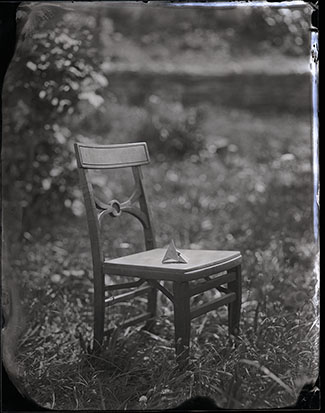When my stepfather died in the fall of 2009 at the age of 78, I was left with a modest little house inhabited by the ordinary stuff of his everyday domestic life. Compared to the task of some bereaved children, I didn't have the huge challenge of dealing with the family home and dividing up heirlooms between feuding family members, so my job was quite a simple one: to make the "arrangements", distribute according to his will, clear the house and get it ready to sell.
The last part was the hardest. I found that I could not bear to throw anything away except out-and-out trash. I felt that there was so little of his large presence left that even the smallest scrap of paper with his handwriting on it was precious. Bars of soap in the hall closet took on a significance beyond that of their cleaning power. In the end, everything went into boxes and in boxes it all still sits, in a room in my house.
Last summer, I started to photograph his things. I have only opened a few of the boxes, those whose contents are known to me, mostly the ones from his workshop. He was a mathematician, an engineer and a businessman who in retirement read Scientific American and experimented with 3-dimensional mathematical tessalations. He liked to rescue and refinish wooden furniture that he discovered, hidden under aged layers of chipped paint, in thrift stores; he taught himself (and me) to re-cane chair seats, and to weave others with Shaker tape. In his desk, I found lists of birds that he had seen from his kitchen window and aphorisms he used as his outgoing answer machine messages.
I started with his tools and made glass plate negatives using wet collodion. This Civil War era medium is tricky and challenging to use with consistency. It has the look of a former life and it seemed appropriate for this project to spend my days reaching for an image that is as elusive as the sense of him I am trying to capture with it.
